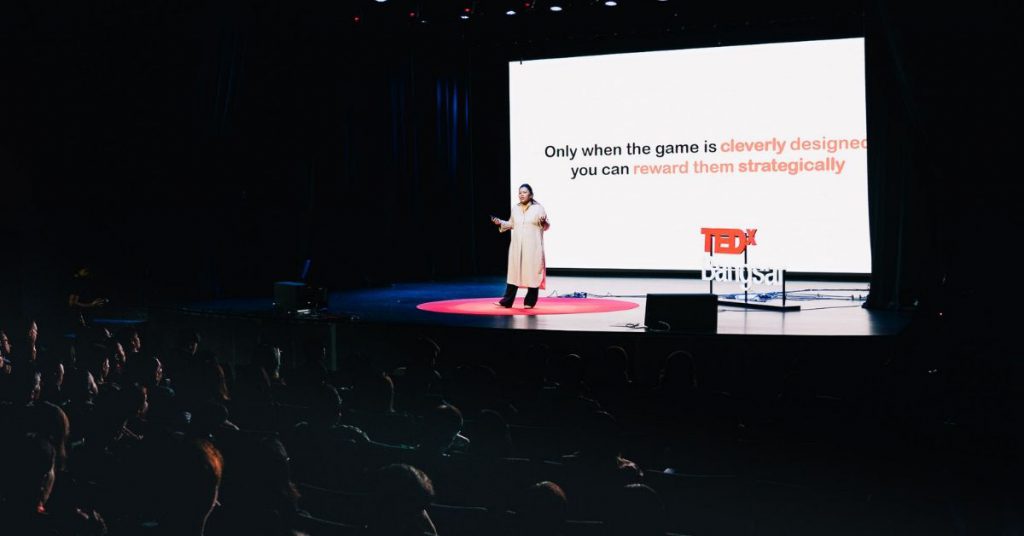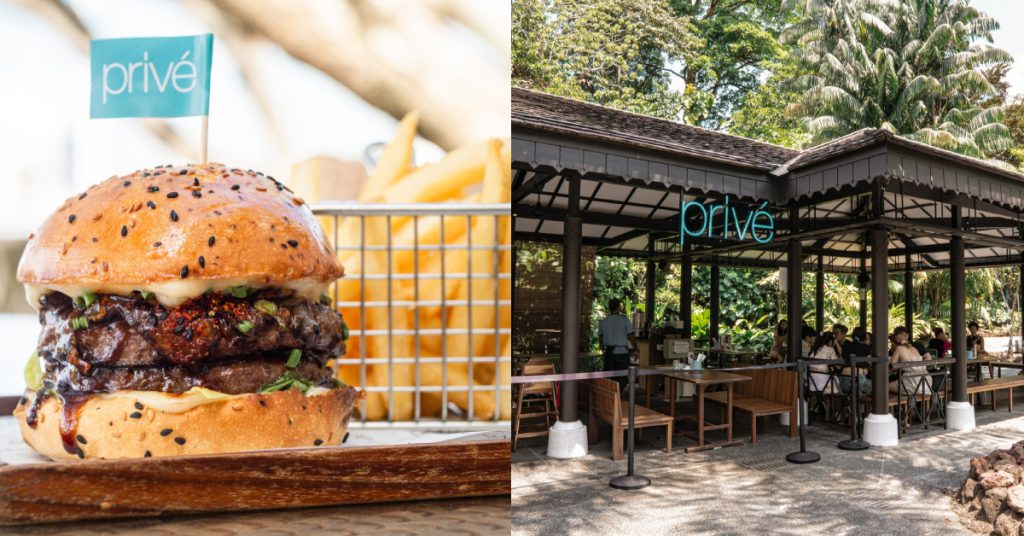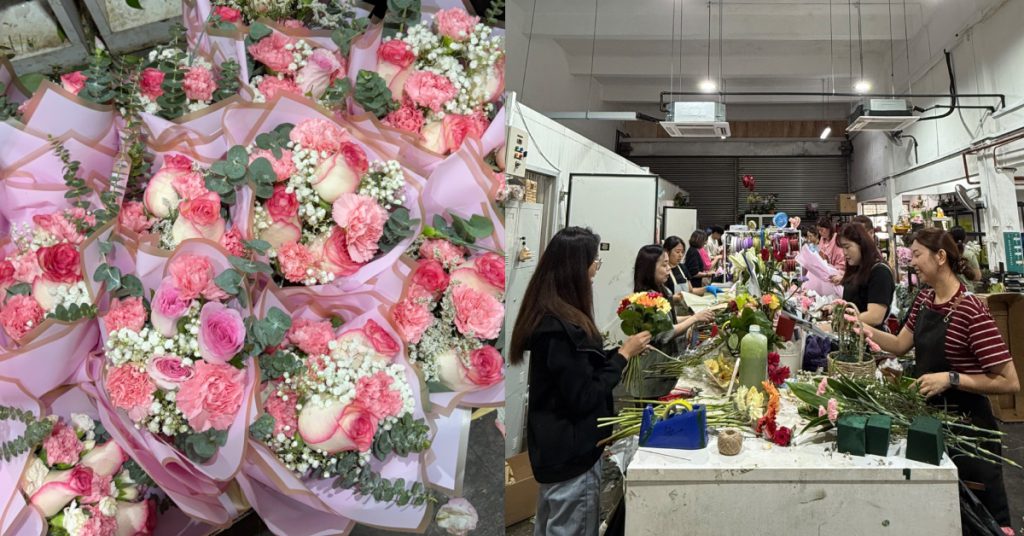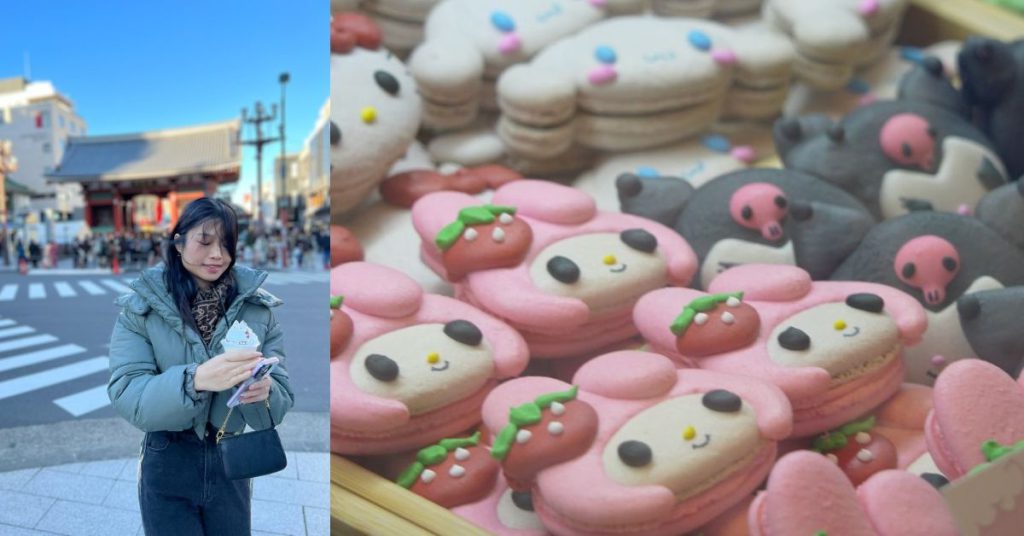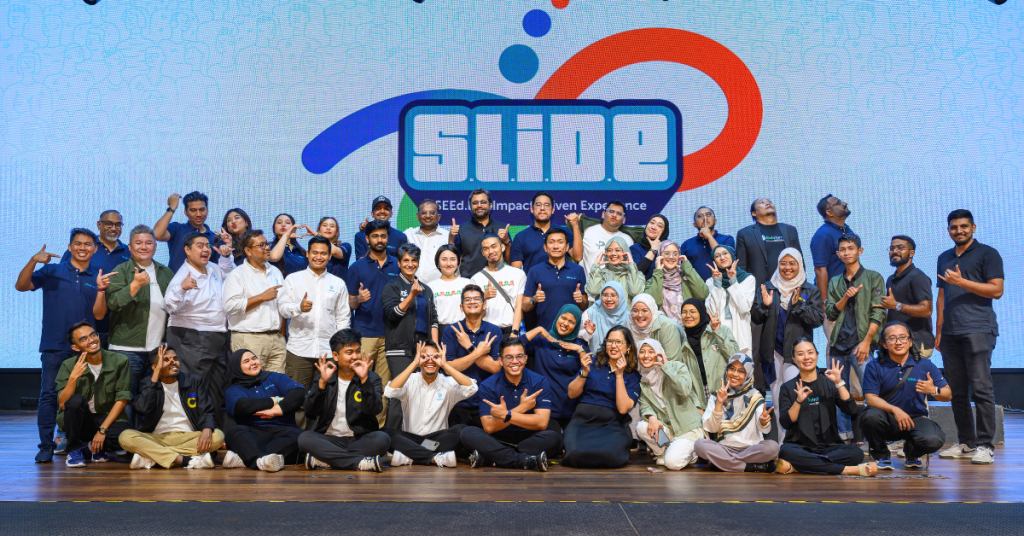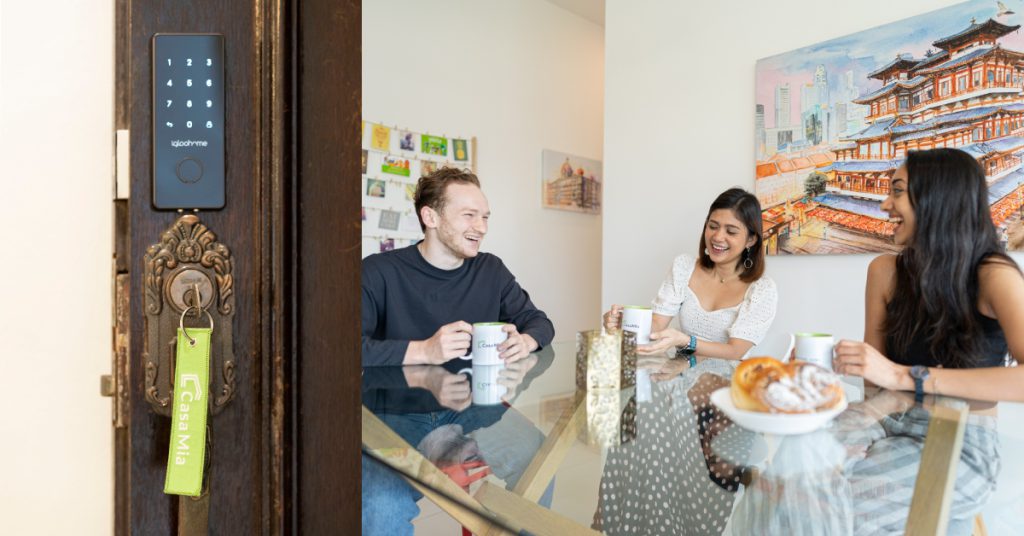“Every success story has its tenacious flow and this year, we want to honour their flow.”
TEDxBangsar 2019
On 1 June, TEDxBangsar launched their first event with its theme ‘Flow’ which features a diverse range of speakers sharing their stories about building their flow through connections.
Here’s are 7 lessons from 7 change-makers, who shared how they keep up their success when it comes to dealing with people.
1. Start with perceptions.
CEO and founder of kaodim, Chong Fui-yu explained that labourers’ (recognised by them as craftsmen) work in the same essence as professionals such as lawyers, doctors and engineers.
“Both are exercising their skills and honing their crafts,” he said. “Most importantly, they are both adding value that has great importance to each of us.”
“We failed to recognise it because of how society dictates where and what we should place value on.”
Changing the perspectives not just improve the lives of these craftsmen but also raise the industry standard as a whole.

At kaodim, their mission is to empower the craftsmen through technology. First, they considered the challenges that the craftsmen face in their work.
Thus kaodim devised an algorithm that routes jobs which are closest to the labourers, based on their availability. This cuts down their travel time and maximises the number of jobs they can do in a day.
They also provide financing schemes for contractors to pick up the materials at much better prices.
“By living a day in their lives, by understanding and solving their painpoints, we were able to fundamentally improve the quality of their work so that they can contribute to their communities.”
He encouraged trying different approaches, for different results.
“It starts with our perceptions. Their work need to be understood just a little bit better.”
2. Find ways to unlock potential.
Education activist Kush Linfield talked about how to change the atmosphere in classrooms.
Kidocode, a learning centre for kids, teaches coding, math, and marketing.

To make the classes fun, Kidocode uses a personalised learning system where kids have a choice to learn a particular subject. Through adaptive learning, the kids learn through video tutorials and are guided by trainers.
“Every child has a chance to be fearless in education.”
“It is up to us as educators, as parents and as spectators to identify those fears and remove them entirely.”
3. Put yourself in their shoes.
Restaurateur and social entrepreneur Lyn Siew’s responsibility is to provide an enjoyable environment where customers can have a good time.
RUYI is her first restaurant that she conceptualised. Her grand ambition is building a modern Chinese restaurant that everybody can enjoy.
“I believe that good food is meant to be enjoyed,” she added.
“Food is a universal language. There is no discrimination. If the food is good, everyone enjoys it.”

She talked with the chef to come up with RUYI’s signature dish—something different and accessible for Malaysians. Their discussion led to the birth of the nasi lemak sushi.
The investors and partners said that it was going to be a disaster but she went ahead in putting this dish into the menu. After the restaurant’s opening, people love the signature dish and it went viral on social media.
Lyn and her team put in several thought processes on how the customers will take the initiative to order, experience and take action.
“What is important for our relationship with eating is we need to slow down and ask ourselves about it,” she said. “If we are eating three times a day, we might as well make it a great time—every meal, every day.”
4. Fill in the middle ground.
To make sustainability a norm, co-founder of Unplug, Attiya Zulkarnain asked herself how the message appeals to the audience.
She launched two test campaigns in different target groups:
- Only hard and technical facts – Low response rate and lack of appeal, passive in decision-making and short-lived
- Making a “cool and fashionable” message – Great response but difficult to retain the customers’ attention

“Where we need to sit is in the middle ground between advocate and green trend, where our growth is not pressured by the disadvantages of neither extreme,” she added.
She suggested three simple concepts to fill in the middle ground.
- Intention: Leave room for customers to gain curiosity without being too directive
- Openness: Observe and listen. It is alright to try something different. Don’t be too quick to conclude and assume.
- Transcending labels: Be mindful with heavy terms such as eco-friendly and zero waste
“We believe that real growth occurs in the middle ground where your emotions are kept in check. There is room to listen to your mind and intuition.”
5. Understand the importance of connecting.
Customer loyalty expert Khairul Nisa Ismail came up with a game plan to unlock 75% of 2 million members who are “sleeping”, which means that there is no interaction with the customers.
“We collect particular data—25–35 years old in different interest levels and social interaction,” she added. “I asked the team when the last time they interacted with these members was.”

They found out that these members want lifestyle activities, something that they can earn from shopping and dining. So they created a simple 6–12-month campaign, exclusively for sleeping members, leading a shift, activating 45% of the sleeping members.
“It is a different approach from the time gap of the last interaction with customers and winning them back,” she commented. “Because customers’ behavior changes rapidly.”
She suggested to do research about the customers’ purchasing pattern followed by approaching them with sweet gestures in their interactions.
“At the end of the day, it is a win-win relationship.”
6. Be ready to learn from everyone.
Creative hub builder Jasmine Chou curates art projects at Songshan Cultural and Creative Park, which used to be a tobacco factory back in the late 1930s. Her mission is to bring the space to life with creative content.
“It is a gift from our past generations. We can learn from that and cherish that,” she said. “We can honour by embracing that.”
She was also thinking about the struggling young creators making their presence in society.

This led her to establish The People’s Gallery, where they select the topics on local perspectives and transform into artist content.
One of her successful projects, Original Festival 2018, invited three local artists to visit the farms (wheat, soy bean and cocoa) and participate in the production. They applied the experience into their artworks, interpreting the local produce’s physical phenomena and process.
She believed that the whole society creates an environment in which everyone can be inspired by the beauty of story.
“There is so much value that a creative person provides to the work.”
7. Help others be their best selves.
These days, there is a lot of confusion about the meaningful relationships with key opinion leaders (KOLs) and masses. Young people look up to the KOLs on a daily basis but not all the KOLs provide positive impact to the world.
Actor and model Godfrey Gao has 495 thousand followers on Instagram alone, and he is deeply aware of the impact he could have on his followers.
“Our millennials have become overly obsessed with the latest trends,” said Godfrey Gao, “What is dangerous is how they blend these beliefs and alter their perceptions.”

Together with his best friend, Darren Jiang, they set up Personal Best (PB) in 2012. They reach out to the young generations through basketball and organise basketball camps across China to build up the youth.
“We realise it is equally important for us to truly inspire the youth while paving the way in creating a better version of themselves,” they said.
As KOLs, they want to set a good example to youths so that they can be inspired to achieve a better life path. They go in as regular campers to be closer to the kids.
“By creating these advocates and opportunities, our kids have shifted their perspectives, from mindlessly following the KOLs’s appearances and lifestyle to proactively practicing their work ethic and persistence,” said Darren.
- Find out more about the TEDxBangsar at their Facebook page.
Feature Image Credit: TEDxBangsar



